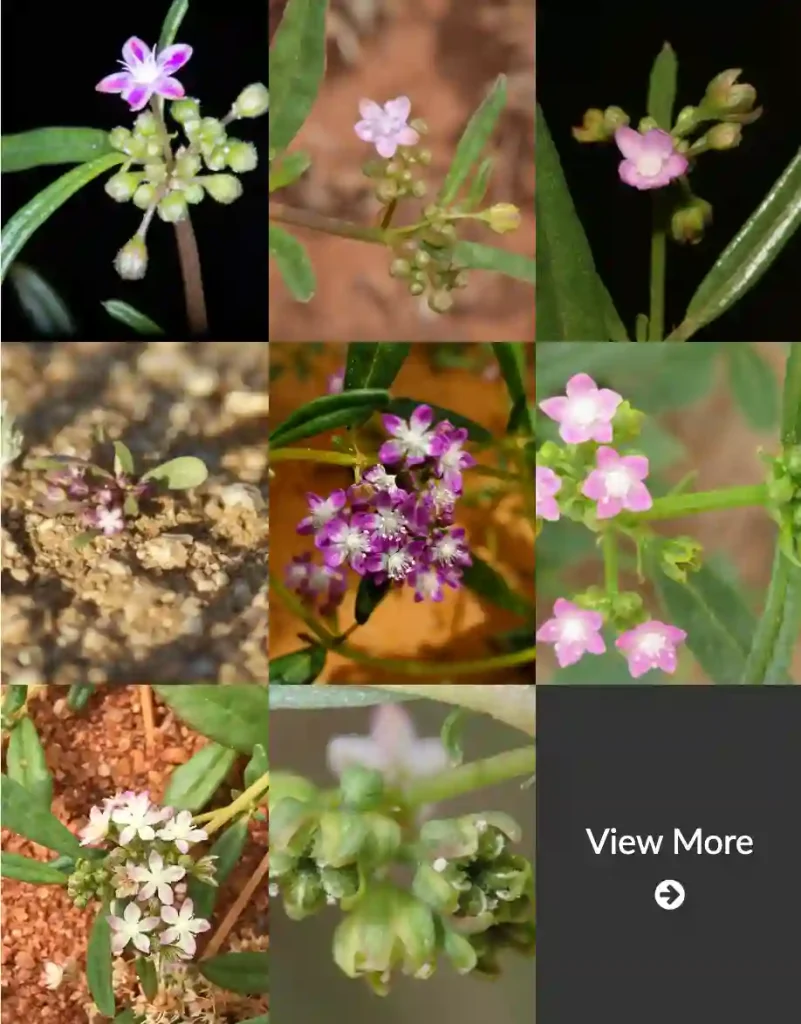All About Rhus Ovata: The Sugar Bush You Need in Your Garden
Hi, Ferb Vu here. As a landscape designer, I constantly work with fascinating plants that add beauty and function to outdoor spaces. One such plant that I find incredibly versatile is Rhus Ovata, commonly known as Sugar Bush or Sugar Sumac.
Today, I’m dedicating this space to answering all your burning questions about this California native.
56 Species in Genus Rhus – Sumac
What is Rhus Ovata?
Rhus Ovata is a stunning evergreen shrub or small tree native to the chaparral and related ecosystems of Southern California, Arizona, and Baja California. Known for its lush, green foliage and attractive red berries, it offers year-round visual interest.
This fast-growing plant can reach heights of 7 to 33 feet with a spread of up to 30 feet, making it a great choice for adding structure and privacy to your garden.
Rhus Ovata vs Integrifolia
When comparing Rhus ovata to Rhus integrifolia, I find Rhus ovata, or Sugar Bush, more striking due to its thicker, waxy leaves that give off a unique silvery sheen. Its dense, rounded form makes it a standout in my garden, especially during the winter months when the foliage remains lush. On the other hand, Rhus integrifolia, or Lemonade Berry, has a more open and airy growth habit with slightly smaller, glossier leaves. I appreciate its more relaxed look and the delightful fragrance it adds to the garden. Both have their charm, but I lean towards Rhus ovata for its sturdiness and eye-catching appearance.
Is Rhus Ovata Related to Poison Sumac?
This is a common concern, and it’s understandable. Rhus Ovata belongs to the genus Rhus, which includes poison sumac (Rhus vernix). However, fear not! Unlike its poisonous cousin, Sugar Bush is non-toxic and safe to plant around homes with children and pets.
Here’s a quick way to differentiate: Poison sumac has leaflets arranged in groups of threes (trifoliate), while Sugar Bush boasts single, oval-shaped leaves (ovate).
What are the Benefits of Planting Rhus Ovata?
Sugar Bush offers a multitude of benefits for your garden:
- Low Maintenance: This drought-tolerant plant thrives in dry conditions and requires minimal watering once established.
- Fast Growth: If you’re looking for a plant that fills out space quickly, Rhus Ovata fits the bill. It grows at a moderate to fast pace, providing a screen or backdrop in your garden design.
- Erosion Control: The extensive root system of Sugar Bush helps prevent soil erosion on slopes and hillsides.
- Wildlife Habitat: This plant provides valuable food and shelter for birds and butterflies, attracting pollinators to your garden.
- Year-Round Interest: The evergreen foliage remains green year-round, while the white flower clusters in spring and red berries in fall add seasonal pops of color.
How to Care for Rhus Ovata?
Planting and caring for Sugar Bush is a breeze:
- Sunlight: This plant thrives in full sun but can tolerate partial shade.
- Soil: Rhus Ovata prefers well-drained soil, adapting to sandy, rocky, or clay conditions.
- Watering: Water deeply once a week during the first year, then reduce watering frequency as the plant matures.
- Pruning: Sugar Bush is relatively low-maintenance and requires minimal pruning. However, you can prune lightly to shape the plant or control its size.
Can I Eat the Berries of Rhus Ovata?
While the berries of Sugar Bush are not poisonous, they are not considered palatable for human consumption. The tart and acidic flavor might not be everyone’s cup of tea. However, birds find them quite delightful!
Rhus Ovata vs. Lemonade Sumac
Lemonade Sumac (Rhus glabra) is another popular choice for gardens, often compared to Sugar Bush. Here’s a quick breakdown of the key differences:
- Foliage: Rhus Ovata has glossy, dark green leaves, while Lemonade Sumac boasts lighter green, more matte foliage.
- Flowers: Sugar Bush produces white flower clusters, while Lemonade Sumac has yellow flowers.
- Habit: Rhus Ovata tends to be a denser, more rounded shrub, while Lemonade Sumac can be more sprawling.
- Toxicity: Both plants are non-toxic.
The choice between these two sumacs depends on your specific needs and preferences. If you’re looking for a denser, evergreen plant with a darker green hue, Sugar Bush might be the better fit.
Conclusion: Sugar Bush – A California Gem for Your Garden
Rhus Ovata, the Sugar Bush, is a fantastic addition to gardens in warm climates. Its low maintenance needs, drought tolerance, and year-round beauty make it a winner. Whether you need a privacy screen, erosion control, or simply a visually appealing plant, Sugar Bush delivers. So, consider adding this California native to your landscape and enjoy its charm for years to come.
If i die, water my plants!



